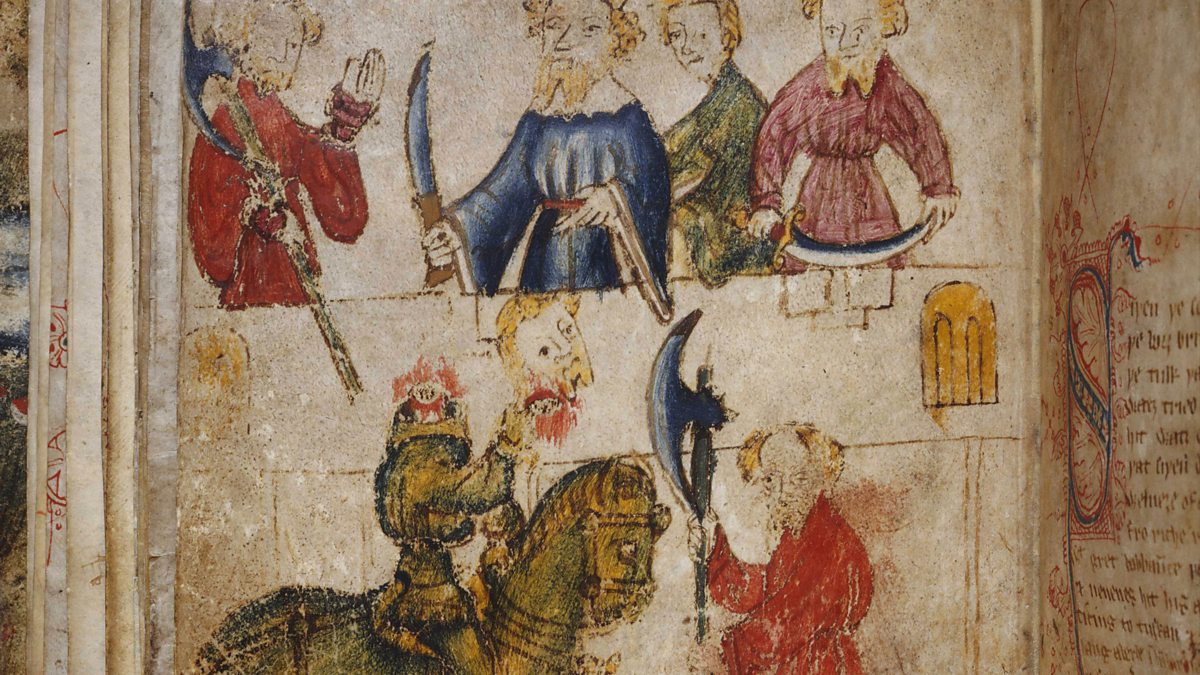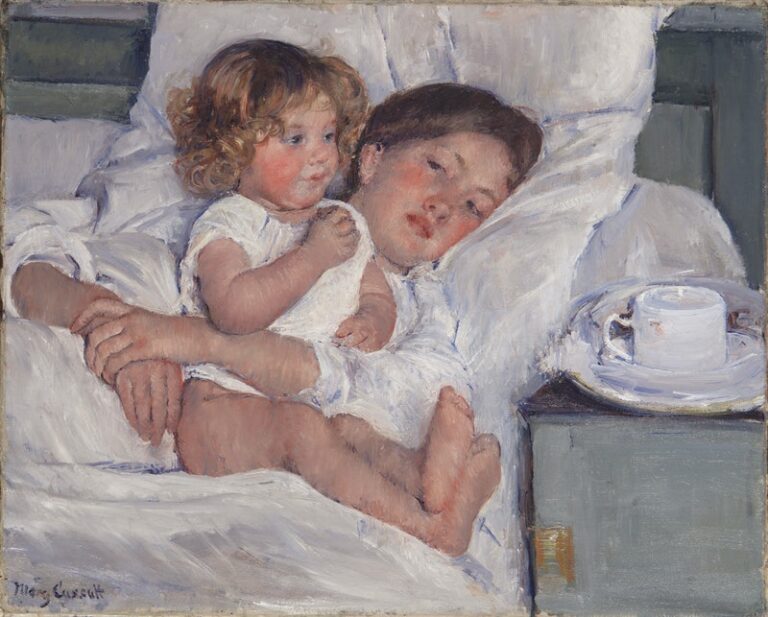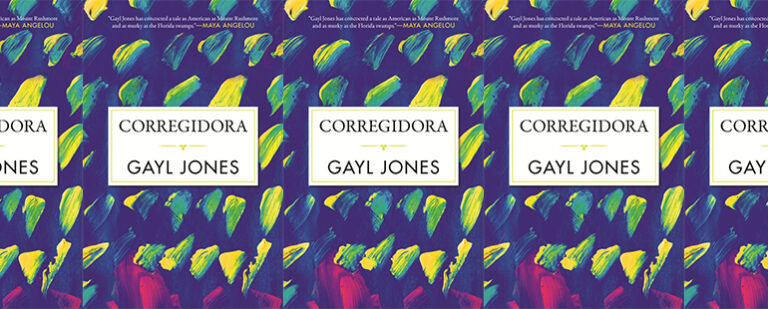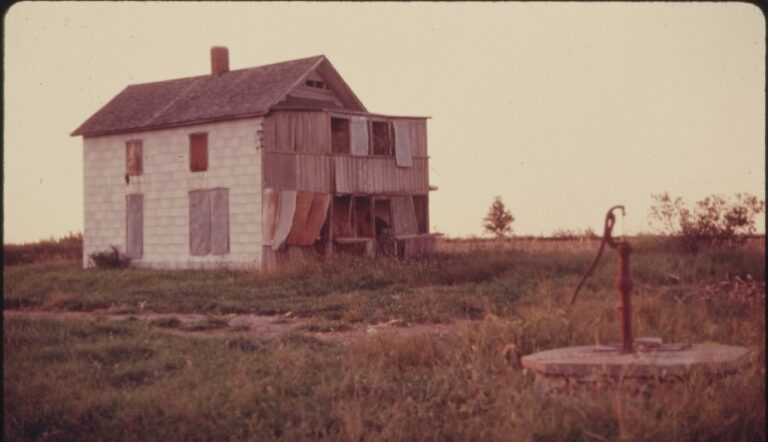The Riddles of the Green Man and Sir Gawain and the Green Knight

From a stone carving set high into the ceiling, a face looks down. At its base, it is undeniably human, with blue, steady eyes and a mouth pursed as if about to speak. An eruption of golden leaves that sprout from brow and cheeks, however, disrupt that humanity in a wild corona. So dense are the leaves that they obscure almost every individuating feature, making it difficult to judge the face’s age, gender expression, or emotions. Carved as it is into the Cloister roof vaults of England’s Norwich Cathedral, anyone passing underneath might easily miss that there is a face in the greenery at all.
I remember the first time I saw this face several years ago. Norwich is famous for these sorts of carvings, known as roof bosses, hundreds of which decorate the Cathedral and Cloister. As I was moving through the Cathedral, staring up at the roof for hours through borrowed binoculars, I recall being transfixed by the face. What was so arresting was the complex visual puzzle it presents. Is it regal or wild, beautiful or terrifying, human or plant?
If you’ve been to cathedrals in Northern Europe, certain kinds of Pride events, or perused a SkyMall magazine in the past several decades, you’ve undoubtedly encountered a face like this before. Known commonly today as the Green Man or a foliate head, these faces belong to some of the most enduring iconography of medieval culture. Hundreds of foliate heads like these were carved, painted, or preserved in glass in medieval art and architecture.
The origins and meanings of the Green Man, however, are something of a mystery. If you search for articles on its history, you’ll encounter something of a cottage industry in arguing over the earliest references to the Green Man, its connections to pagan and/or Christian tradition, and whether or not the term Green Man is appropriate at all. (For a great deep dive into these debates, see Stephen Winick’s two part series at the Library of Congress.)
Part of this obscurity resides in the nature of the iconography itself. The Green Man’s iconography is, on the one hand, remarkably consistent, but it is also relatively flexible. The figural category of person or thing closely allied to nature, probably covered in leaves, was a surprisingly large category in medieval and early Modern art, ranging from the Wodewoses, or Wild Men of the woods, to skeletons consumed by vines in vegetal memento mori.
More than just categorical broadness, though, the iconography of the Green Man is, as I suggested, riddling. Staring up at the Green Man, I found myself suspended between reactions. Both in awe and repulsed, I grew dizzy seeing in the sprouting of leaves signs of riotous life and an almost claustrophobic, smothering death. One of the primary theories of what the Green Man meant to medieval people—as much as we can reconstruct something so variable and heterogenous as meaning—is that he represents something about nature itself or about humanity’s relationship to the natural world. Staring at the Green Man, nature does seem to be at the heart of its riddle: is it life-giving or killing, in concert with humanity or smothering it?
We can see this tension in one the great literary analogues of the Green Man, Sir Gawain and the Green Knight. A late fourteenth-century poem by an anonymous poet, Sir Gawain and the Green Knight is a fantastical account of the eponymous Sir Gawain’s encounter with an otherworldly green knight who bears a more than passing resemblance to medieval images of the Green Man.
The Green Knight appears at the legendary court of King Arthur during the middle of a Christmastime feast. He is uninvited but not entirely unwanted. King Arthur has delayed starting the feast until he hears or sees unknown marvels. The Green Knight’s sudden appearance seems an answer to his call. But what the court receives is something they could not have expected. Clad in clothes of rich gold and green embroidered with fantastic scenes of birds and butterflies and sitting astride his great war horse, the knight has the markings of a wealthy, chivalric figure.
Unlike earthly knights, however, he is entirely and richly green. The effect might be comedic, a sort of medieval precursor to the Jolly Green Giant, if that green was not also intensely wild and chaotically abundant. From the top of his head, crowned with a thick and twisting mane of hair and beard so dense that they form a sort of cape around his shoulders, to the bottom of his shoeless feet, clad in only silk stockings and spurs, what should be markers of humanity—hair, beard, clothes, stockings—transform into a fantastical and paradoxical green canopy reminiscent of the Norwich Green Man.
In his hands he holds an axe and a bough of holly, and he proposes a game. One knight will face him, and he and they will exchange blows with the axe. The knight who is willing to face him gets to strike first—and has the chance to win his axe from him—but the knight must be willing to find and receive an equal blow from the Green Knight the next year.
Arthur’s court meets this “game” with stunned silence. (Consider proposing it at your next party and see what happens!) King Arthur himself pronounces that only a fool would take it on. In the end, it is the king’s nephew, Gawain, who steps up to the challenge. When the Green Knight bares his neck, Gawain swings the axe and cuts off his head. Gawain’s victory, however, is short lived. The Green Knight arises, collects his head, and reminds Gawain to find him at his home, the Green Chapel, in one year’s time.
What follows is a dizzying set of adventures as Gawain sets off to find the Green Knight and keep his promise. I won’t spoil it all here—although I will tempt you to read it: it includes the promise of a homoerotic love triangle, another very weird game, and an almost dizzying series of plot twists including a surprise guest appearance from the witch Morgan le Fay—but one of the most striking features of the poem is that the riddling nature of the Green Man’s iconography seeps into the very landscape of the poem itself. Sir Gawain and the Green Knight has been called one of the first great ecocritical poems. While we might query what that means here—this is a poem far removed from modern environmental activism—it is undeniably a poem invested in depicting the richly wild and terrifying landscape. Before he reaches the Green Chapel and his final encounter with the Green Knight, Gawain must rush through a great wilderness:
Sumwhyle with wormeze he werreze, and with wolues als,
Sumwhyle with wodwos, þat woned in þe knarrez,
Boþe with bullez and berez, and borez oþerquyle,
And eyaynez, þat hum anelede of þe heȝe felle;
Nade he ben duȝty and dryȝe, and Dryȝtyn had serued,
Douteles he hade ben ded and dreped ful ofte.Sometimes he wars with serpents, and with wolves also,
Sometimes with the Wild Men, who dwelled in the crags,
Both with bulls and bears, and boars other times,
And giants, who set on him from the high fell;
Had he not been brave and enduring, and served God,
Doubtless he would have been dead and slain full oft.
What Sir Gawain and the Green Knight gives us here is a version of the natural world whose liveliness is also that which makes it terrible and deadly. Like the Green Knight who comes bearing holly in one hand and axe in another, the landscape itself holds death and life simultaneously in place.
In the poem this simultaneity, the seeming contradiction of life and death held in balance, is not a problem to solve but a riddling reality that Sir Gawain must come to recognize. The temptation when answering the Green Knight’s game or looking at the Green Man, the poem implies, is to repress that which is death—terrifying, chaotic, and wild. In the end, in fact, it is Gawain’s resistance to the terrifying, death-inviting nature of the Green Knight and his game that brings him to near failure and ruin.
In 2021, A24 released The Green Knight, a film adaptation of the poem written and directed by David Lowery. I have mixed feelings about the adaptation itself, but what I love about the film are the moments that capture that same dizzying feeling of looking at the Norwich Green Man. In one of the film’s best scenes, Sir Gawain, acted with a sort of wonder and painful naïveté by Dev Patel, sits with a lord and lady discussing why the Green Knight is green. The question, posed by The Lady, is at first given only a shallow treatment by her husband and Gawain. They suggest perhaps that it is the color of his blood or a mark, as Gawain proposes, “that he is not of this Earth.” The Lady, played with subtle intensity by Alicia Vikander, denies that green is a mark of otherworldliness. Her brief exchange culminates in a speech she gives detailing green as a sign of life, of living things—and of rot:
We deck our halls with it and dye our linens. But should it come creeping up the cobbles we scrub it out fast as we can. When it blooms beneath our skin, we bleed it out. And when we, together all, find that our reach has exceeded our grasp, we cut it down, we stamp it out, we spread ourselves atop it and smother it beneath our bellies, but it comes back…Green is what is left when ardor fades, when passion dies, when we die too. When you go, your footprints will fill with grass. Moss shall cover your tombstone, and as the sun rises, green shall spread over all, in all its shades and hues. This verdigris will overtake your swords and your coins and your battlements and, try as you might, all you hold dear will succumb to it. Your skin, your bones. Your virtue.
Valuable about this speech is that in trying to parse the riddling nature of the Green Man we tread dangerously close to something like the truism: “death is a part of life.” But that truism in its flat reality fails to capture anything of the material reality of either life or death, and it subsumes death into life, rendering it abstract and featureless. What Vikander so artfully expresses and Lowery manages to capture is the stark, materiality of decay, of death; one that can’t be reduced to a pat “part of life.” Paradoxically, the rot and decay of green is its own form of life. It overtakes; it blooms; it creeps. It is a form of life that we attempt to smother out, seeing in it our inevitable end. It grows and blooms anyway.
There are multiple carvings of the Green Man in Norwich Cathedral, lining the ceilings and misericords. Farther along in the Cloisters, there’s another face of a different aspect. In this carving, the face is more bare. You can make out features, read its expression. Of the type of Green Man known as a “disgorging” head, this face is simultaneously more and less horrifying than the first. Vines shoot from its mouth and move to encircle its head in a twisting nest of bright gold and green growth, with small budding leaves brimming with life. On first glance, the face grimaces in a rictus of disgust or pain, brow furrowed and mouth snarling. But the longer you look the easier it is to wonder: Is it a snarl of disgust or does the tilt at the corner suggest a smile? Is the face overtaken by the vines pouring from its mouth, or is it a willing vessel of outpouring life?
The line between life and death, new growth and suffocation, awe and terror are held in suspension here, and in the end, they are not segmentable. If we try to make them so, we risk losing out on the subtle paradoxes of what it’s showing us. Green is “of this earth.” It is life and death at once, looking down at us from the rafters and blooming in our veins. The Green Man dares us to see both at once.


